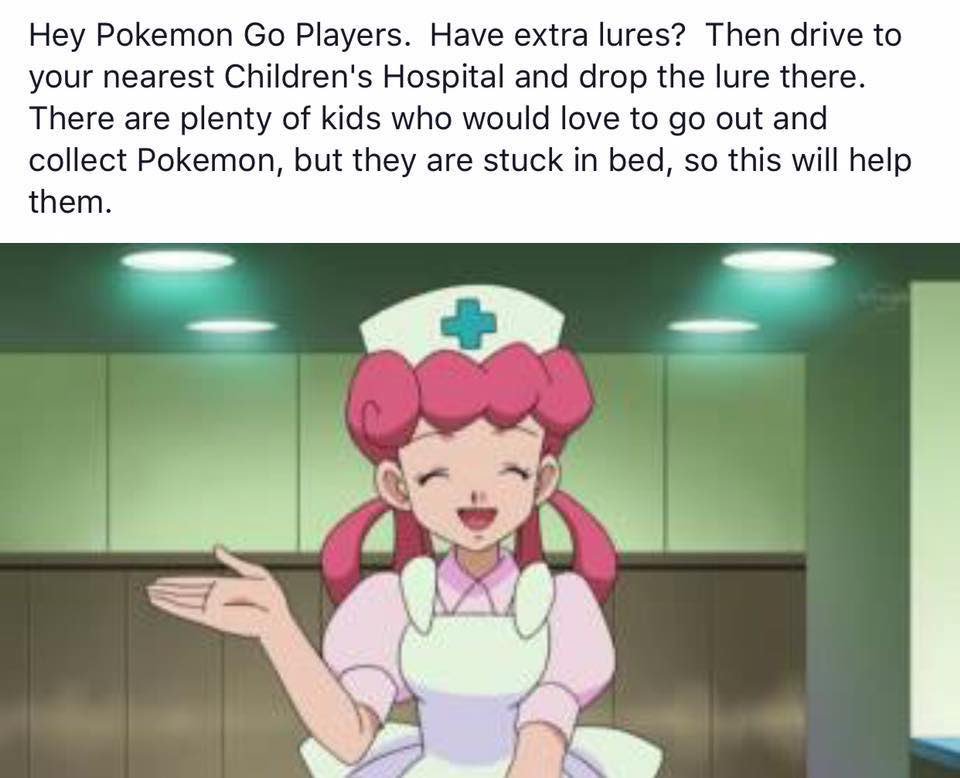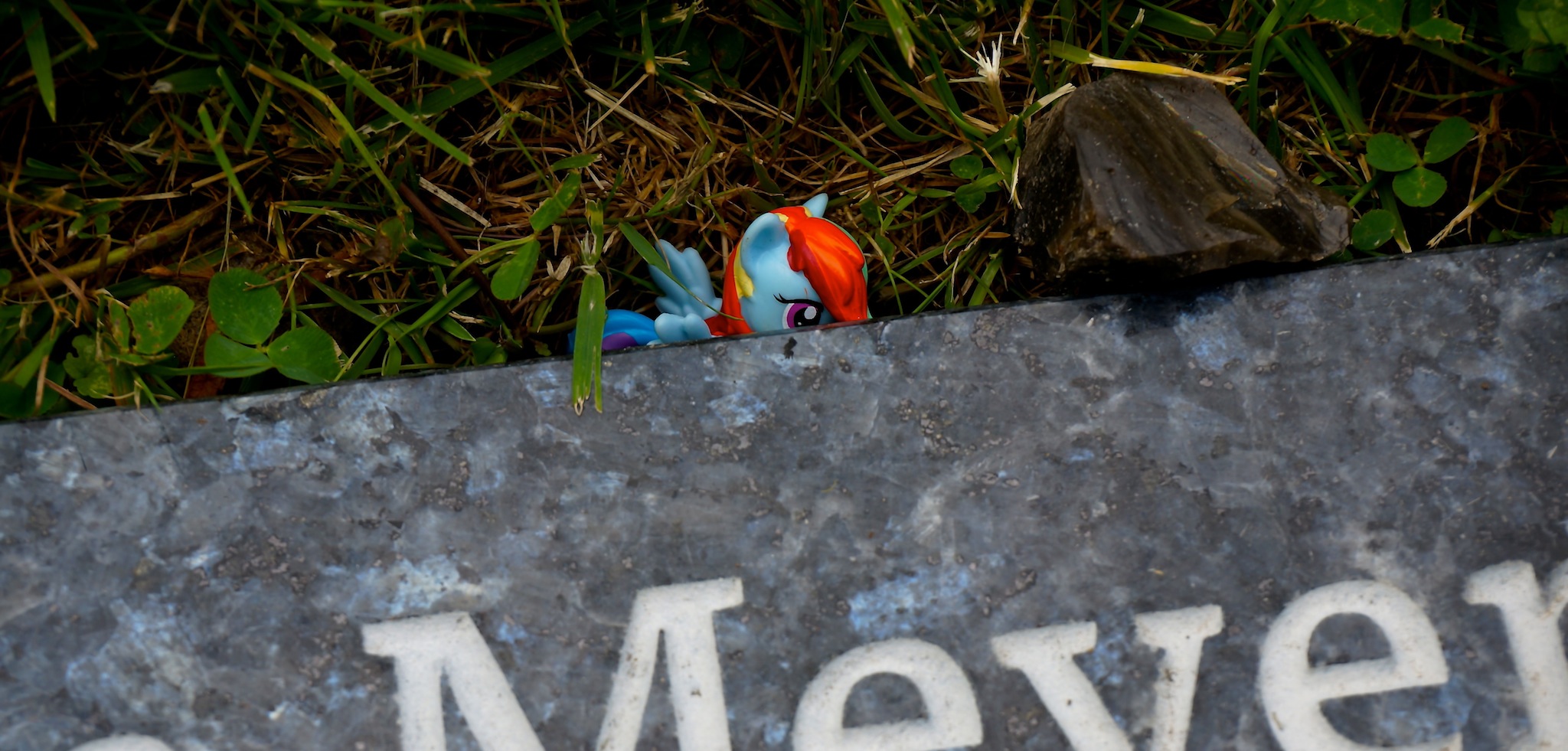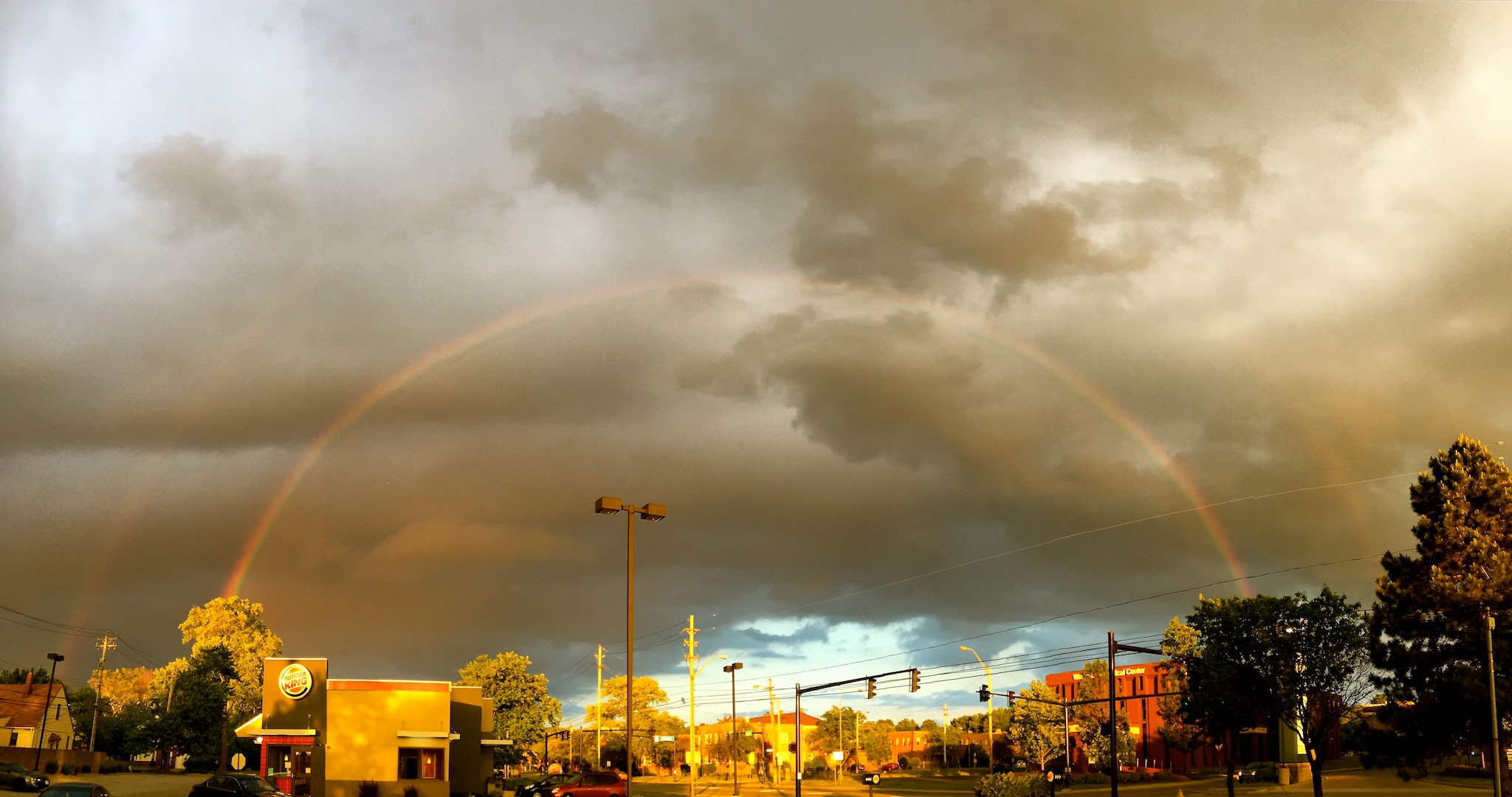Bits of the Past
Published 9 years, 1 month past
I sat digging through the map built by GrandPerspective, showing me what was chewing up 720GB of my 750GB SSD. I already knew my iPhoto Library was the main culprit, consuming just over a third of the total volume, but surely there were other places I was wasting space. And there were: old software installers, virtual machines I had long since ceased to need, movies I’d ripped for watching on trips and never gotten around to dumping afterward, years-old Keynote files that I’d never gotten around to compressing. I dealt with the most obvious offenders, one way or another, and then rescanned the volume.
A set of blocks popped up near the middle of the new map, a cluster I’d not noticed before, even though they were clearly somewhat sizable. I moused over to see what they were.
They were CD-R master images.
Images of my daughter’s medical records.
Of her MRIs.
Somewhere in there, her final brain scans, the ones where the doctors did not even bother to count the emerging tumors, there were so many.
There’s enough data in there to recreate 3D models of her brain as it turned on itself. Enough to reconstruct the cartography of her death.
I should just delete it. Keeping the information is pointless now, when it cannot save her, a reminder of futility and helplessness. It’s worse than useless — because if a treatment is one day discovered, the data in these files could torture us with the certainty that her life could have been saved, if only it had started later. Better to not know, and eke out an existence in the spare shelter of ignorance.
I’m not sure I can delete it. No matter how horrifying the images and records might fundamentally be, they feel like pieces of her, tiny bits of her life and death. That erasure of data would feel like an erasure of history. Like a betrayal. Even to shunt them from my primary machine to some sort of backup storage would feel the same as I did when we carefully packed all of her favorite toys and kindergarten drawings into a box, and stored it away, out of sight but never out of perception.
Perhaps I might feel differently if I hadn’t been missing her so keenly the past few weeks. There doesn’t seem to be a specific reason for this, unless it’s the beginning of this specific school year. We’ve all been feeling it, in our own ways. A few days ago, in the middle of a weekend afternoon, the family was at home and just being a family when I suddenly felt her absence like a spiky, sickly, impossible hole in the center of the world. It was as sharp and present as the rush of first love, very nearly tangible and visible.
I look at these files, knowing that there are no rational reasons to keep them and many reasons — rational or otherwise — to let them go. I envision erasing them, and I can’t. All these jagged bits of the past, which do not cling to me; rather, I cling to them, senselessly, hopelessly, afraid to look at them but afraid to let go. Perhaps I believe that with enough of these tiny memories, these shards of her life and death, I can cobble together a wall that will shut out the void her absence tore open.
Just enough to keep functioning, for a little while longer.
Which is, I sometimes think, the worst betrayal of all.
 And, indeed, at least
And, indeed, at least 
